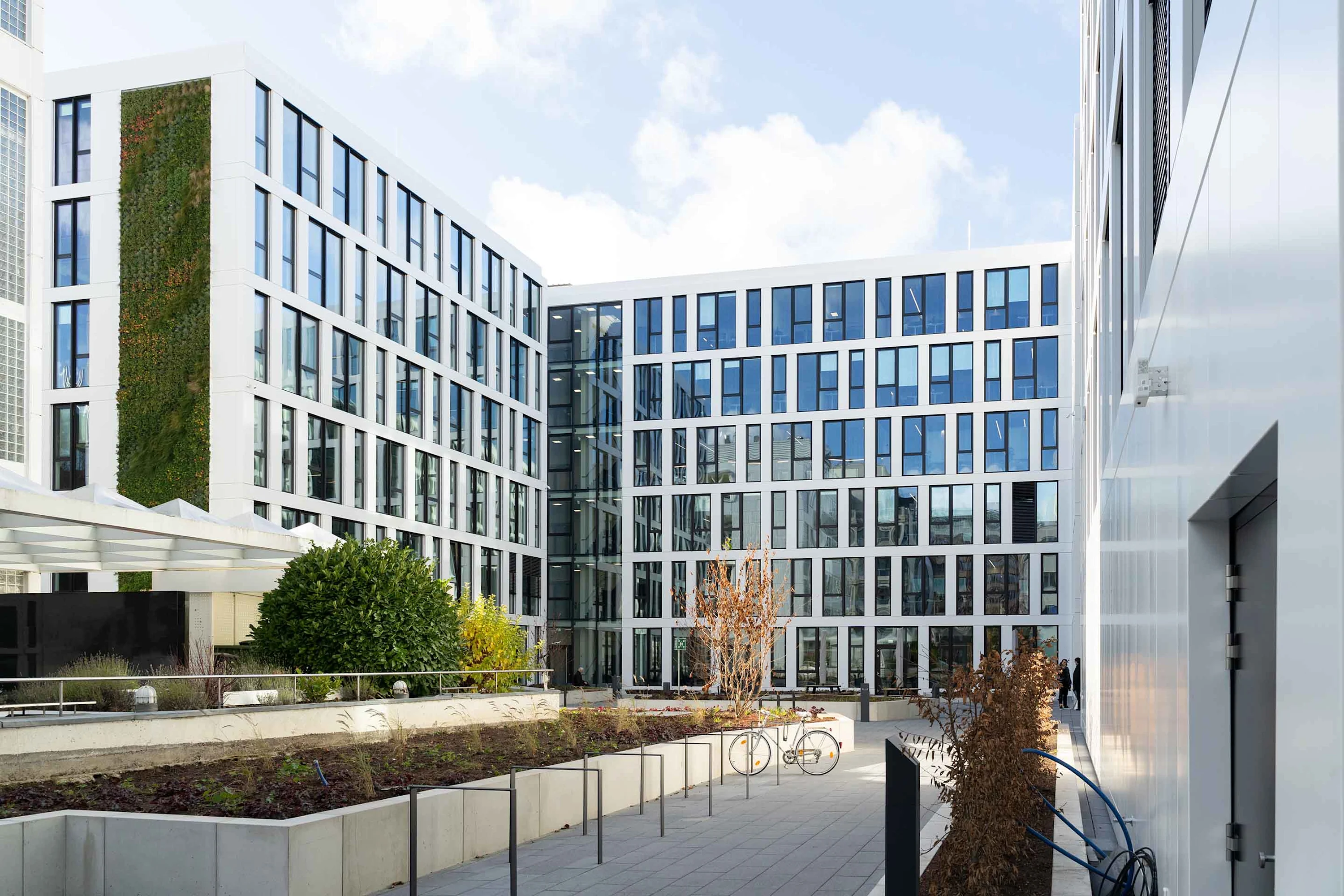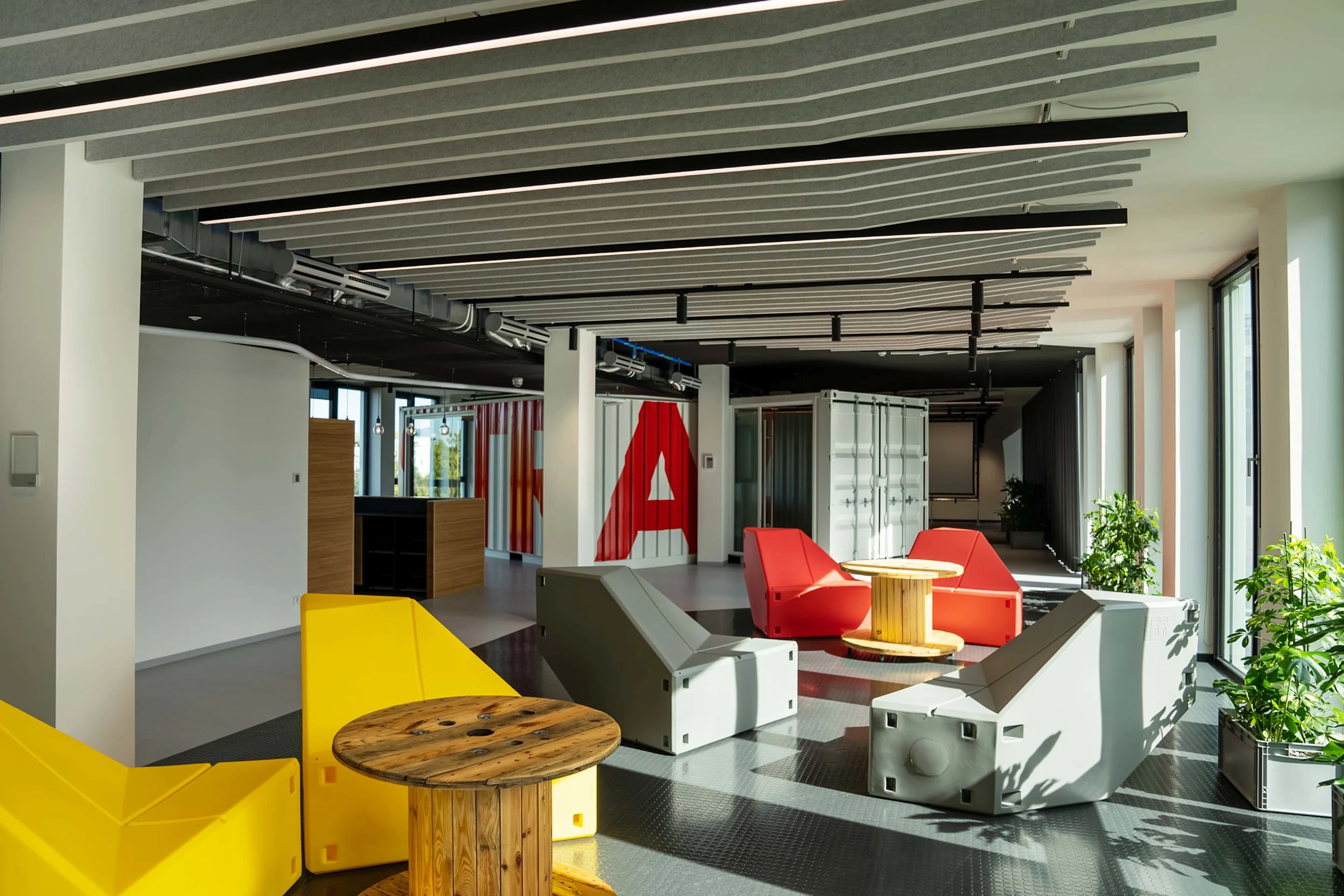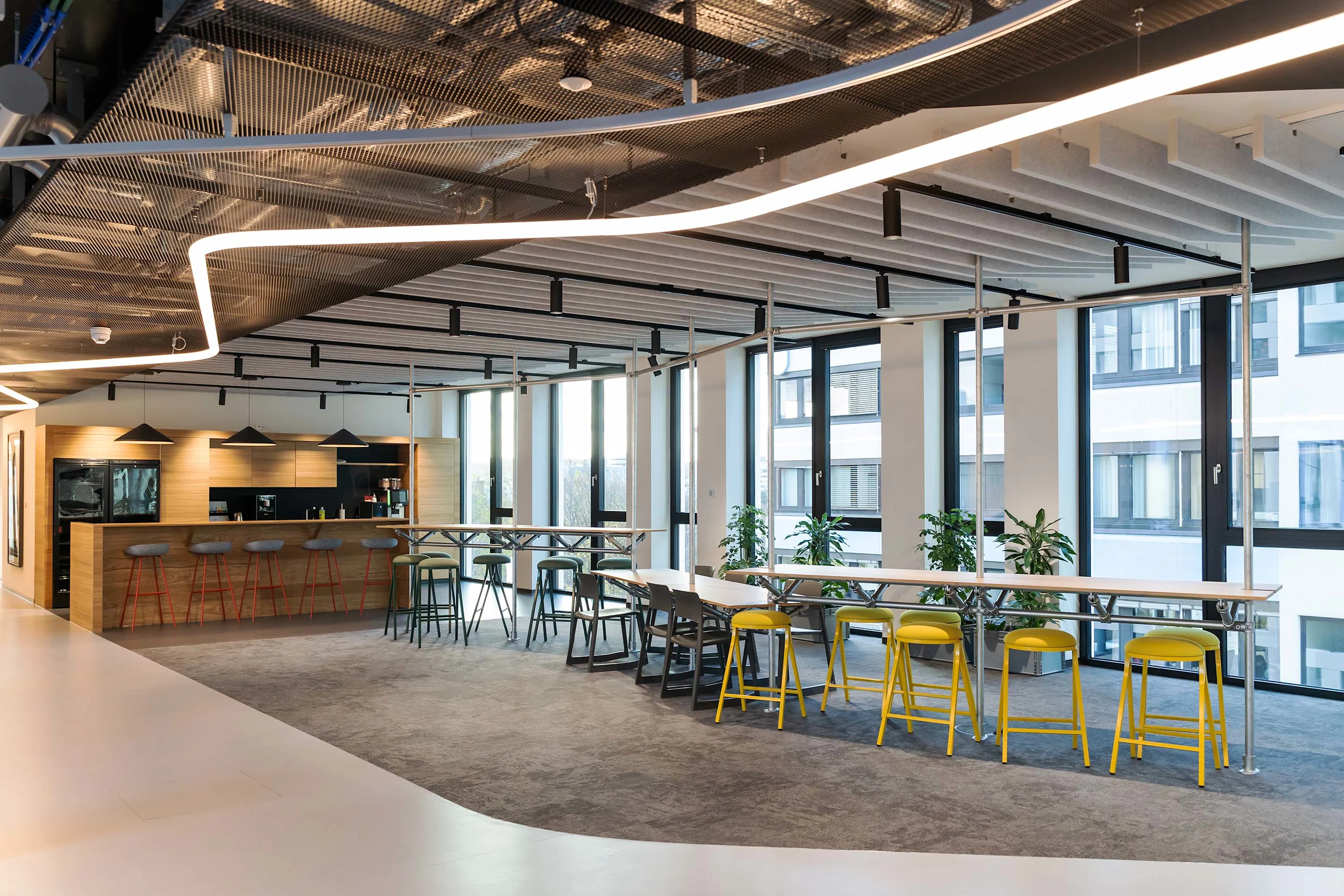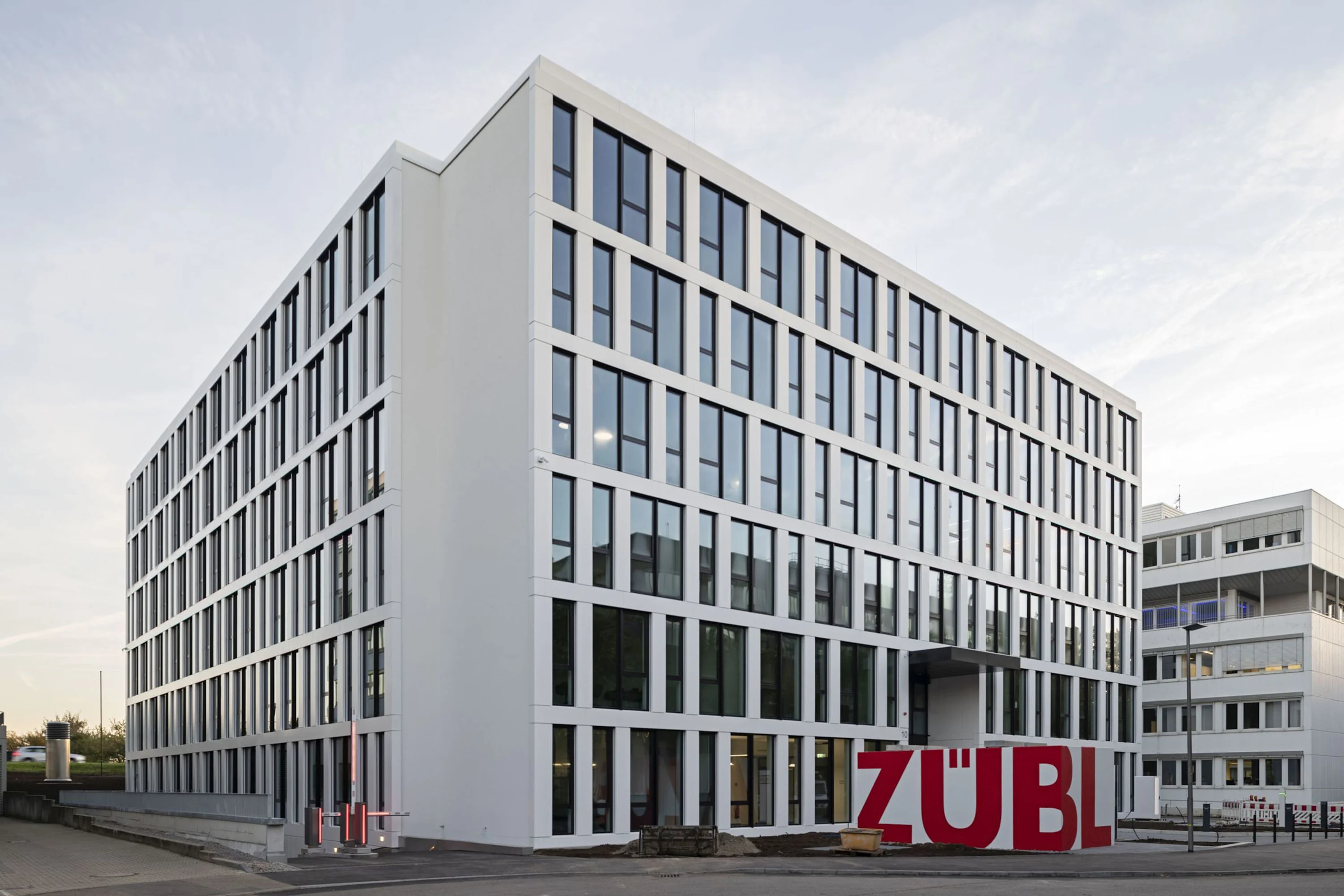News:Sustainable buildings worth their weight in gold

by Marco Seltenreich

A prime example of sustainable building design: the Innovation Centre at the ZÜBLIN campus in Stuttgart.
©STRABAGMost people know that energy-saving buildings lead to lower costs. That’s nothing new. What is new is that the market value of a building may even increase following award of an official sustainability certificate, as a recent study by property service provider and investor CBRE now shows.
Good news for the environment, but also for property owners: investments in sustainable properties are increasingly paying off. On average, possession of sustainability certification leads to a 7% higher rental performance, with a plus of 10% in Vienna and 11% in Düsseldorf. In Berlin, Frankfurt am Main, Hamburg and Munich, on the other hand, the plus is below this average. CBRE looked at buildings of similar size, location, age and renovation history in 40 European cities for its comparison group. A similar study conducted last year showed a “sustainability bonus” of 5.5%.
According to the study, sustainability certification had a positive impact on cash flow–relevant factors such as rental growth rate, occupancy rate, depreciation and yields. In the period under review, from the first half of 2019 to the first half of 2023, the percentage of sustainability-certified office buildings rose from 15% to 22%. In German-speaking cities, however, with the exception of Frankfurt, this figure was well below average. Looking at the project pipelines, further growth can be expected. The study also clearly indicates that demand exists. Just over one third of all office space actually let is already located in buildings certified as sustainable, a higher proportion than the share of certified space in the overall building stock.
Legal certainty is essential
As tenants are increasingly looking for energy-efficient properties, building owners who organise their portfolios accordingly as early as possible stand to benefit the most from this development. Nevertheless, the decision to strive for official certification is often made quite late in the project development process. The authors of the study attribute this primarily to the often-uncertain legal situation, as the legal criteria that have to be fulfilled gradually become stricter and must often be met within very short periods of time. This means that a development which receives an official seal of approval today may be outdated just a few years or months down the line. Ever stricter requirements represent progress from an environmental point of view, but from an economic point of view they harbour certain risks.
Location remains key
Sustainability may have become an important factor for office tenants, but it is not the sole deciding criterion. In locations that are considered less attractive, the vacancy rate for certified and non-certified properties is comparably high. The study looked at office properties in 40 cities in 19 European countries. CBRE analysed a total of 19,400 rental agreements, of which 6,100 were for certified properties and 13,300 for non-certified properties. In Vienna, the number of contracts analysed was 1,200.
STRABAG: driving sustainability and economic success
The results of the study confirm the path that STRABAG has taken with its Strategy 2030: to promote environmental sustainability within the company and in the construction industry as a way to secure and expand business success in the long term. “We are digitalising where it makes sense, significantly reducing our carbon emissions and using environmentally friendly, recyclable materials. Our focus is clear: to become climate neutral as quickly as possible, to offer attractive products for investors and our customers while remaining economically viable,” says Herwig Schwarz, Head of STRABAG Real Estate.



Contact

